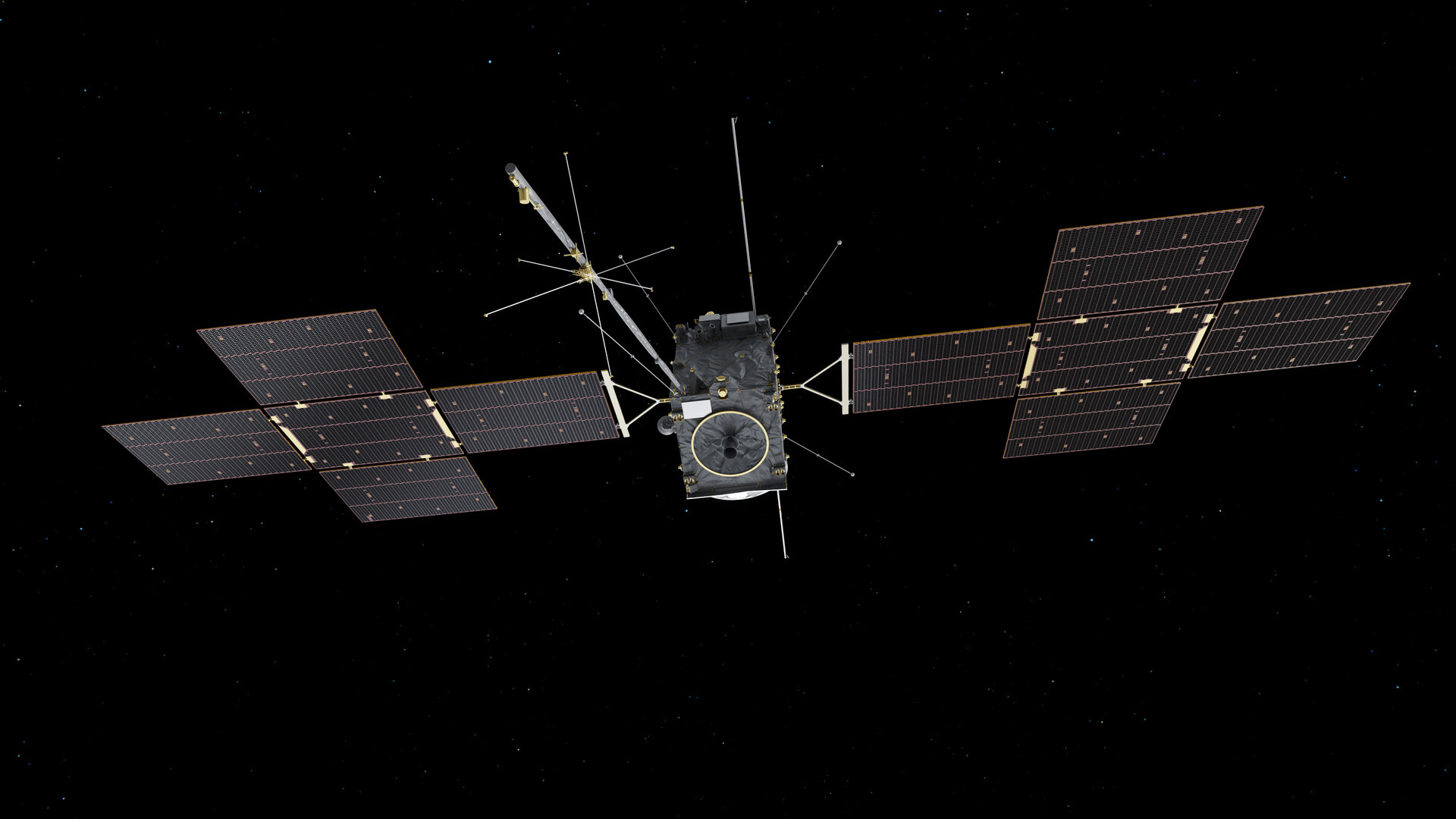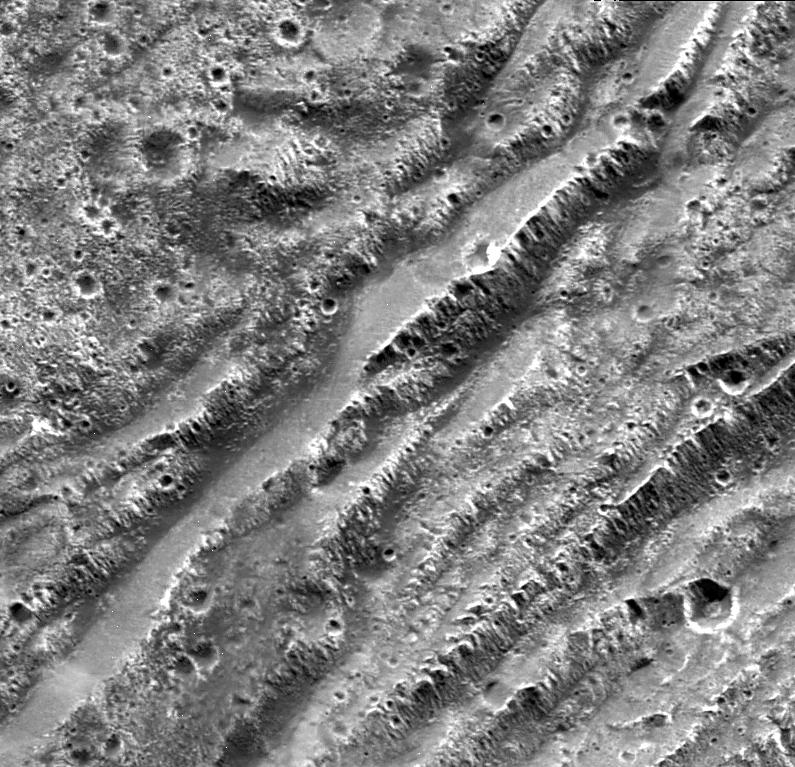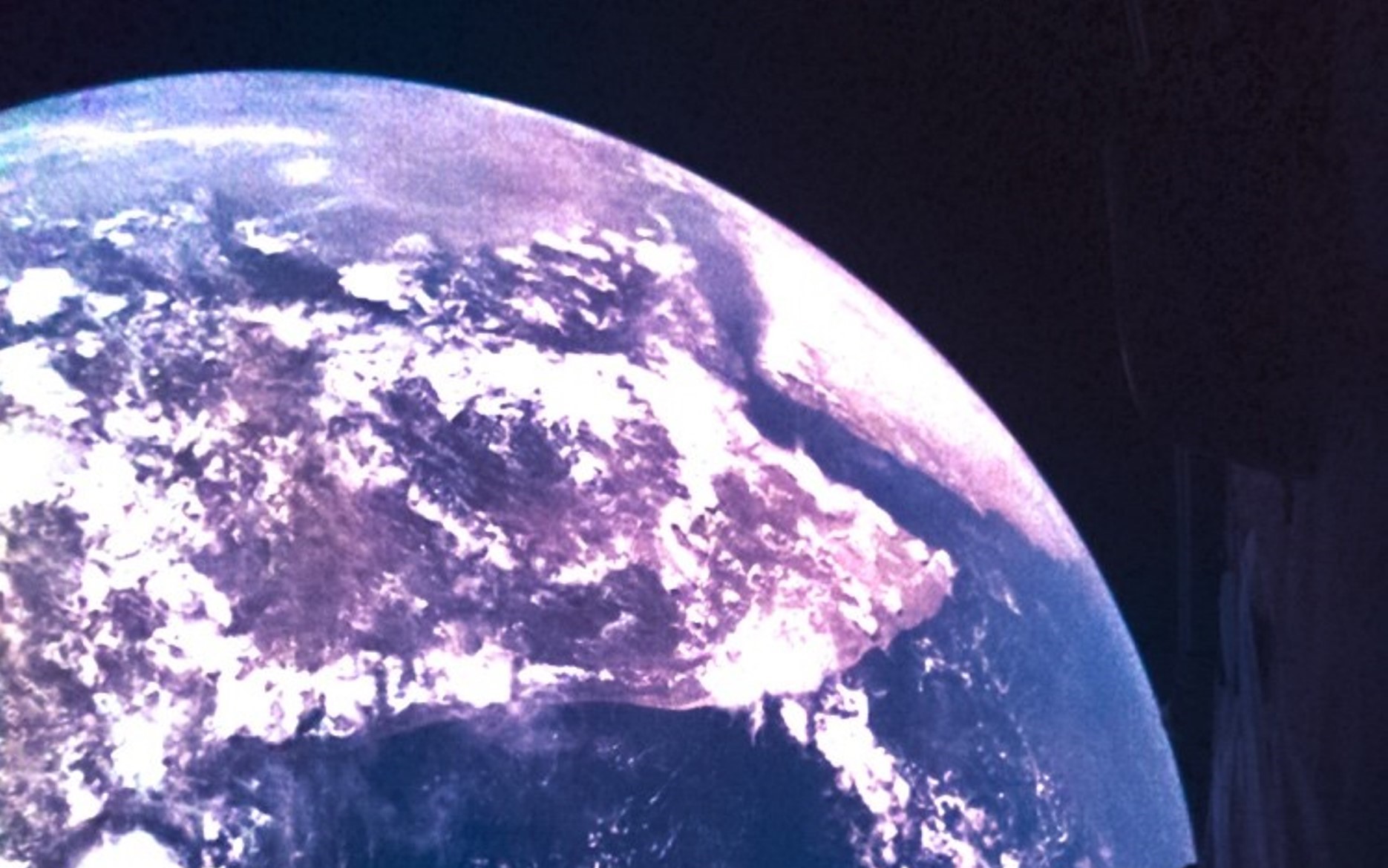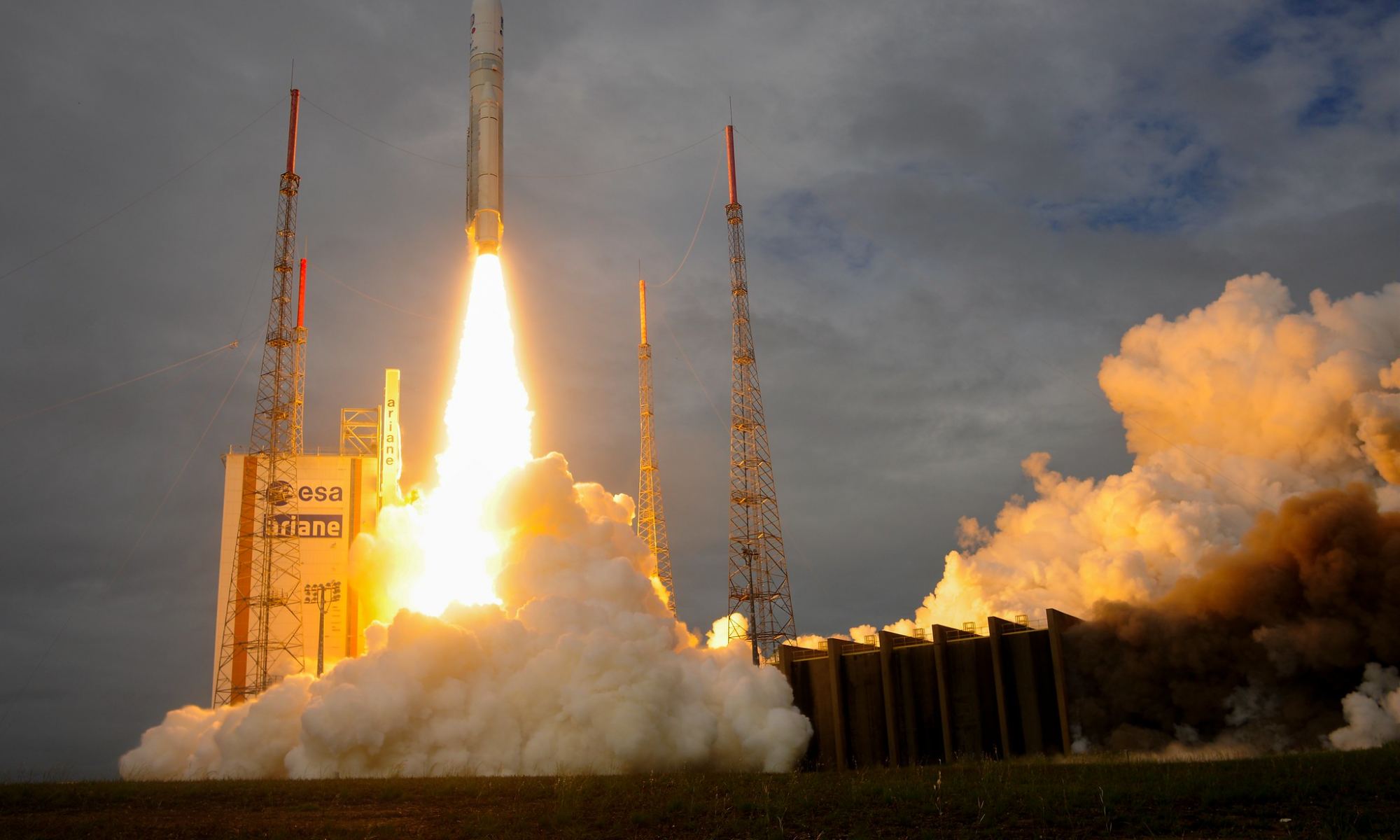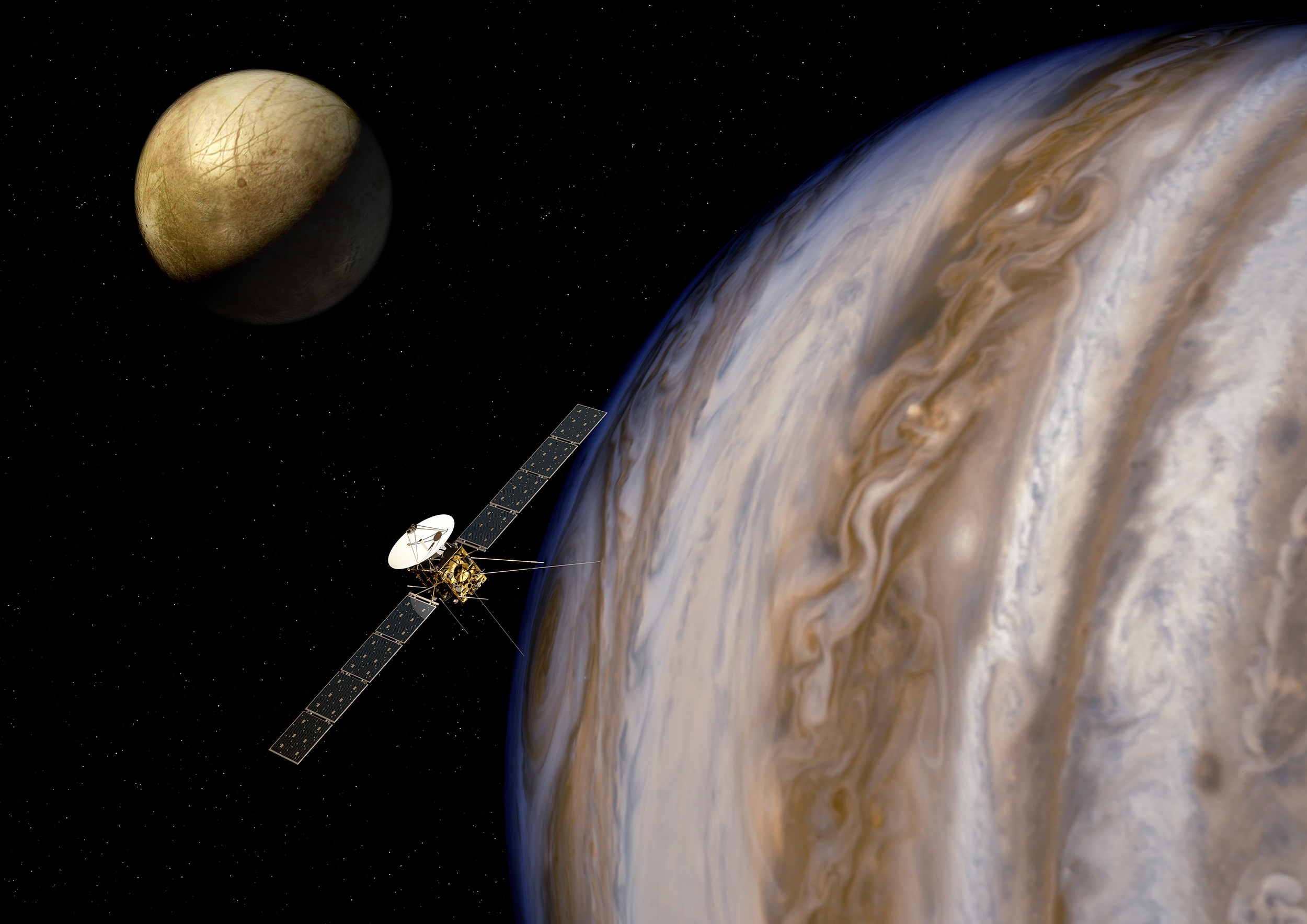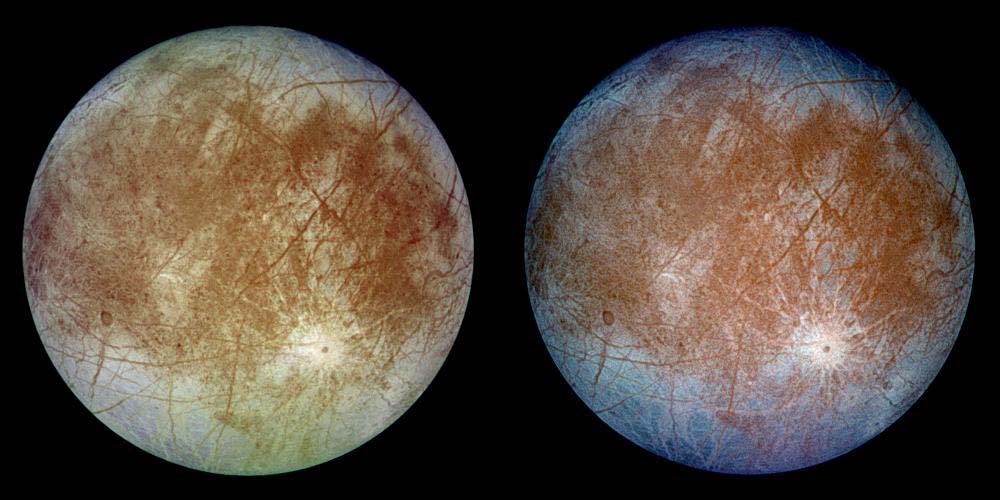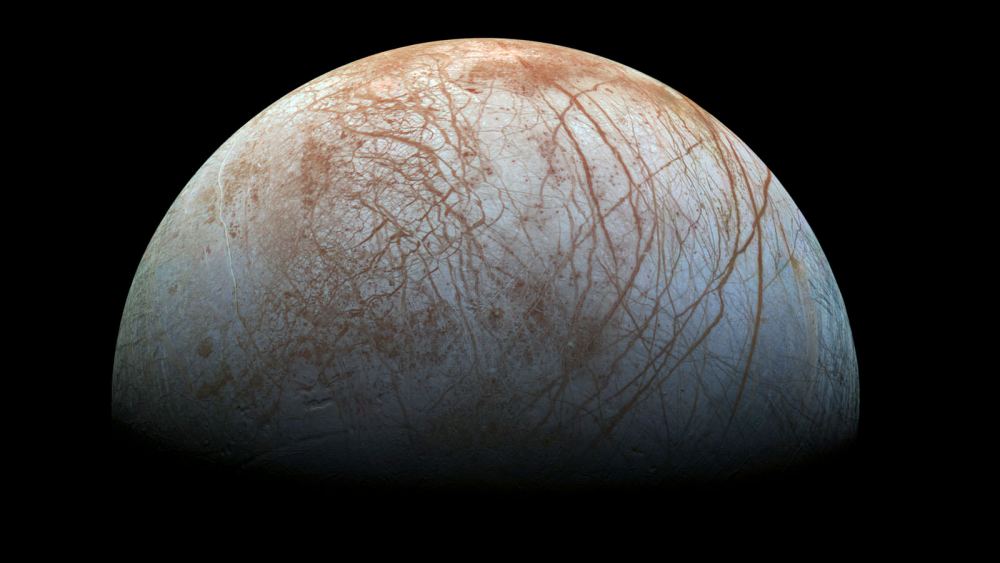Launched on April 14, 2023, the European Space Agency’s (ESA) Jupiter Icy Moons Explorer (Juice; formerly known as JUICE) spacecraft has finally completed the unfurling of its solar panel arrays and plethora of booms, probes, and antennae while en route to the solar system’s largest planet.
Continue reading “Juice is Fully Deployed. It’s Now in its Final Form, Ready to Meet Jupiter’s Moons in 2031”Juice is Fully Deployed. It’s Now in its Final Form, Ready to Meet Jupiter’s Moons in 2031
